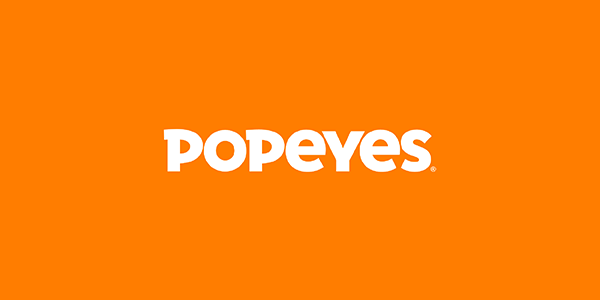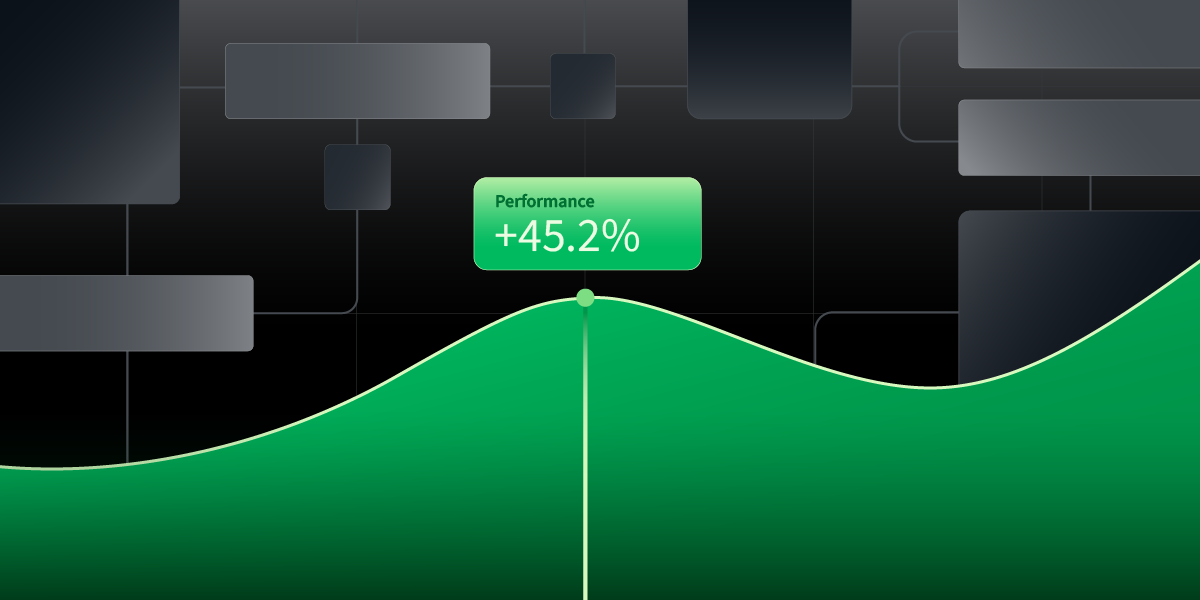How Artificial Intelligence is Reshaping Martech

November 30th, 2022, dawned the birth of a new era. OpenAI released an early demo of ChatGPT, and it quickly went viral. Within just five days, the chatbot had attracted over a million unique users and is now onto their 4th iteration (GPT-4) of their AI platform.
In a few short months, it felt like AI had burst onto the scene and quickly grabbed new users daily. However, AI has been around for much longer, and its recent interaction has been game-changing for the martech industry.
Forbes estimated that B2B marketers in the US spent nearly $7.68 billion USD on marketing technology systems in 2023, which is projected to grow to $10.11 billion USD by 2025. In addition to the projected growth, 44% of small business owners and decision makers want to implement AI and automation technology in the coming years.
This is just one area in which AI has impacted marketers’ workflows. Let’s explore how AI is reshaping martech.
Campaign Planning With AI
Though it is not a perfect solution, AI is an amazing starting point for campaign planning.
For instance, prompting ChatGPT to build you a media plan based on key prompts will generate a solid foundation for you to build and tweak, saving much research time.
Here are some benefits of AI in campaign planning:
- Improved targeting: You can target a more precise audience based on historical campaign performance and insights.
- Better personalization: Tools like dynamic creative optimization can tailor messaging to end users. This also holds true with AI-based email campaigns, where you can pull relevant information into the body of the email to tailor the experience to your readers.
- Potential increased ROI: You can optimize marketing strategies and campaigns based on predictive insights to achieve higher conversion rates, lower acquisition costs, and greater overall ROI.
However, you may face some challenges:
- Predictive analytics relies on high-quality, clean, relevant data to generate accurate predictions. Poor data quality or incomplete data can lead to unreliable results and inaccurate forecasts.
- Some AI-based models will make it hard for marketers to translate data into actionable insights or strategies. It is not a foolproof system and can sometimes lead to information overload, making it challenging to implement.
- Marketers are always concerned about how they use customers’ data. With regulations like GDPR in place, it is always important to do what is right, not easy.
While AI is a great starting point and will save time on campaign planning, it is important to gut-check the work. AI will allow for greater scalability in our efforts, but not replace the process altogether.
Predictive Analytics
Traditional marketers have relied heavily on audience personas, demographic data, and generalized audience segments to plan all marketing efforts. With the growth of digital channels (email, SEO, programmatic, social media, etc.) marketers have shifted towards data-driven analytics, looking for patterns in large-scale data.
Now, you can identify and process patterns in large data sets faster with AI.
For example, AI-powered predictive analytics forecast future trends and outcomes based on historical data and market conditions. This allows you to anticipate customer needs and optimize strategies.
Campaign Execution and AI-Based Optimizations
In the programmatic advertising space, AI is reshaping how campaigns are executed. For instance, machine learning and pre-bid optimization have been at the core of the StackAdapt platform since its inception. Our demand-side platform (DSP) uses machine learning algorithms to bid on inventory based on key prompts from the campaign setup that will best deliver the campaign’s goals. While the shift towards AI will not fundamentally change our DSP, it can power it further to make more effective decisions.
However, campaign execution from an entry and optimization point is a key focus for marketers. Again, AI aims to mimic human-like abilities and use machine learning to produce better future results. The ability to use AI to develop core optimization strategies versus having to sift through data manually is a key driver of future campaign success. Additionally, AI can be used from campaign inception to guide and optimize campaign goals.
A great example of this is dynamic creative optimization (DCO), which allows AI to spit out variances in your creative that are more likely to drive user interactions. DCO is a key focus for many marketers as they try to combat the 5,000+ advertisements a user sees daily. Any slight edge to break through the noise is imperative to campaign success, and having AI perform these tasks every second of every day without human intervention means it can scale at large. Given that over 5.3 billion display ads are served every year, it is important to make micro-adjustments, such as headlines, product shots, CTA, and overall creative look and feel, to capture a user’s attention.
AI will also impact predictive marketing solutions (i.e. using AI to score and qualify leads). AI can make ads more effective and help an inbound sales team identify its priority list based on users’ actions. If a campaign aims to provide quality leads and meet business goals, AI will make quick decisions for continuous campaign success. Directing your inside sales team to high-quality leads will result in quicker close rates.
Post-Campaign Reporting and AI Data Insights
Post-campaign reporting is one of the most essential ways for marketers to inform future campaign strategies. At times, sifting through this mass amount of raw data to see if KPIs were met or exceeded to recommend future investments or where KPIs were missed to know where to suggest campaign cuts. The manual process of spreadsheet formulas and pivots with human verification could sometimes take weeks or even months to complete when trying to pull in all information from all marketing channels.
Where does AI fit within the post-campaign reporting of martech? Generative AI automates report generation, creating dynamic and interactive data visualizations, and offering personalized insights and recommendations. It enables real-time adaptive reporting through conversational interfaces, powers content generation for A/B testing and scenario modeling, and provides creative analysis and feedback. Additionally, Gen AI facilitates collaborative report creation and idea generation, making the reporting process more efficient, creative, and tailored to specific audiences, ultimately helping marketers make faster, data-driven decisions and optimize future campaigns.
Generative AI is already impacting the achievements of organizational goals at 80% of organizations. There is a delicate balance between AI and human intuition; for example, humans tend to score stronger in areas like creativity, emotional/relatability and critical thinking/morality versus their AI counterparts who score stronger in areas like speed, complex decision-making, precision/accuracy.
For martech, effective storytelling must combine three main elements: data, narrative, and visualization to present the data as engaging and relevant. Let’s break down these components to see where AI will have its biggest impact.
1. Data
A compelling story is made up of three parts:
- Perceived narrative: The initial strategy for the campaign based on the assumptions made during the planning phase.
- Conflict: A problem that was faced during the campaign.
- Resolution: The future state where this problem will be minimized or eliminated.
2. Narrative
Effective storytelling enhances post-campaign reporting by contributing to three key areas:
- Improved communication: Clarifies and conveys the results and insights in a more engaging manner.
- Better decision-making: Helps stakeholders understand the implications of the data, leading to more informed choices.
- Persuasion: Influences stakeholders by connecting the data to a compelling narrative, driving support for future actions.
3. Visualization
Data needs to be presented in an easily digestible format for two reasons:
- Comprehension: To easily see the data from the story.
- Persuasion: To make future campaign investments more impactful.
As a marketer, you need to address all the items above effectively, but you will quickly notice that AI only has a concentrated impact on data. AI cannot replace the human elements of storytelling, but it would be foolish for us to negate its power of data aggregation. Harnessing this will ensure that our strategies, stories, and future recommendations are based on solid data analysis.
The Future of AI in Martech
The excitement sparked on November 30th, 2022, continues to resonate, with AI being a prominent topic in nearly every earnings call from the world’s leading tech companies.
Marketers must view AI as a powerful multiplier enhancing their strategies and outcomes. A tool that will allow them to scale out their efforts and provide information based on sound data but lacks the emotions and morality that a human can provide.
AI isn’t a “new” offering at StackAdapt, but its power is growing. Marketers need to understand and apply AI’s power to future efforts across martech as we continue to scale AI growth.
Discover how StackAdapt can make a difference in your marketing. Request a demo today.






